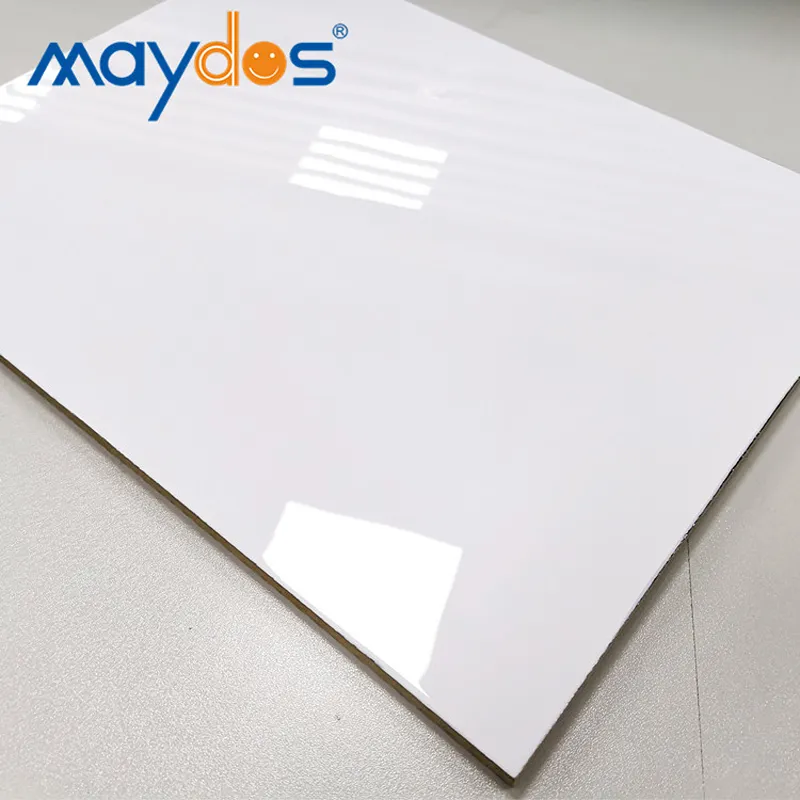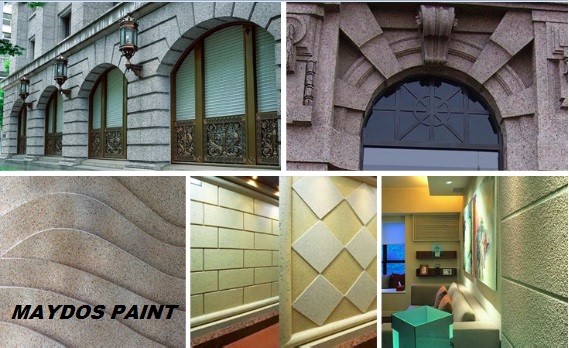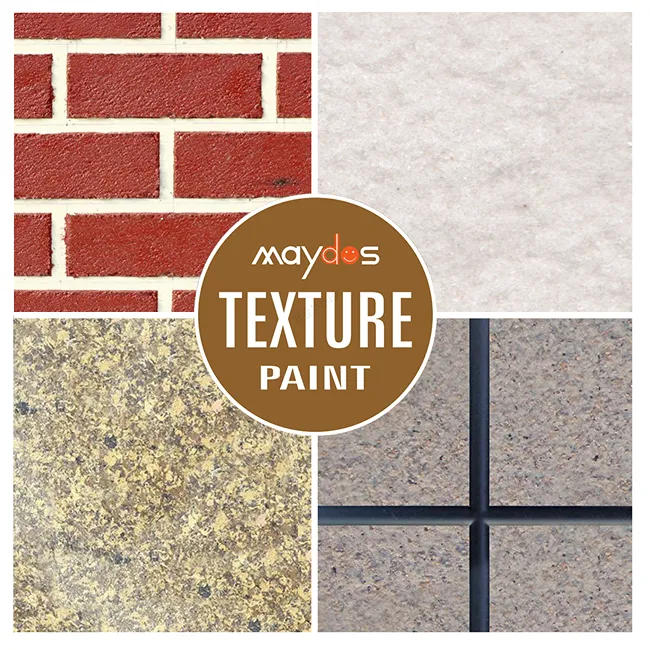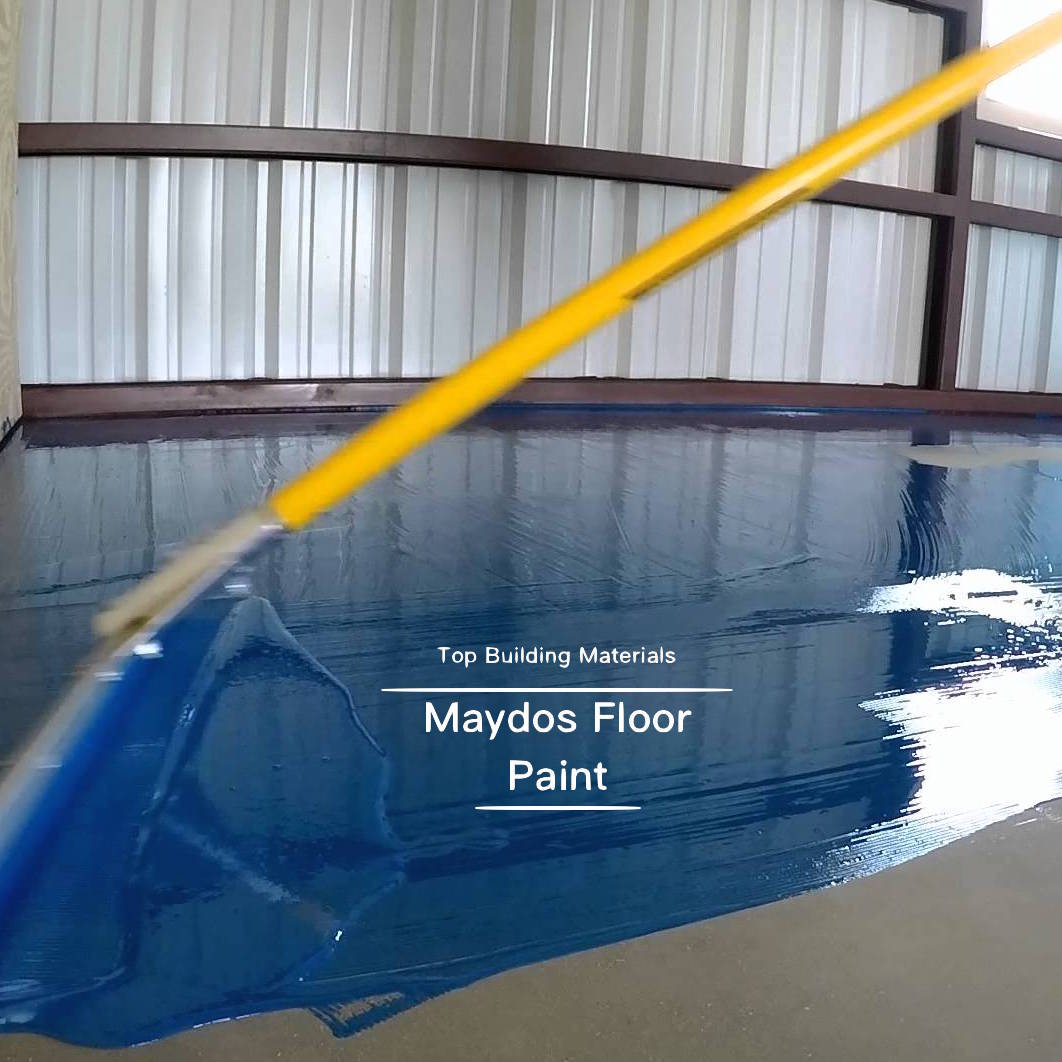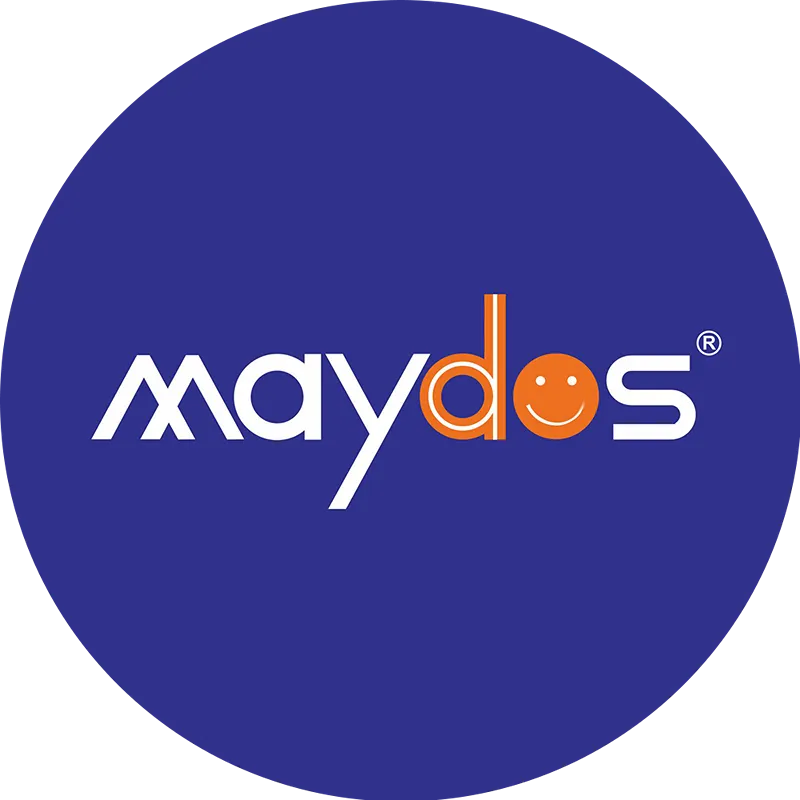Maydos Coatings
A coating is a layer of material applied to make a product more durable. There are many different types of industrial coatings, and each offers unique characteristics.
Coating Factory provides a variety of coating options for manufacturers, including powder coating and E-coating. However, these products require specific raw materials that have recently seen a dramatic price increase due to supply disruptions.
Powder Coating
Powder coating is a method of applying color to primarily metal parts. It’s used to protect industrial equipment and consumer goods, from wrought iron fence posts to outdoor home detailing, and even gas ranges and automotive components. The powder is applied to a preheated part, then exposed to heat and electrical charges that cause it to melt, fuse and harden into a solid coating that fits the object’s shape. The result is a thick, durable and wear-resistant finish that resists cracking, chipping and scratching.
Getting the right application starts with preparing the substrate. This step can include removing rust, mill scale and old coatings. It also includes scrubbing, blasting or etching the surface to help the powder adhere better. Once the surface is clean and dry, it can be treated with an anticorrosive chemical or a powder coat can be applied.
The pretreatment process varies by the substrate type. Steel substrates are usually pretreated with iron phosphate, while galvanized and aluminum substrates often use zinc phosphate. The corrosion resistance of the coating and the substrate material can also dictate which treatment is best.
In addition to the pretreatment, it’s essential to have proper equipment and technique when applying the powder. This can include spray guns with oscillators, reciprocators or robots that manage the spray process to reduce overspray and increase consistency. The proper air temperature, water conductivity and nozzle pressure also impact the coating.
Other important steps in the powder coating process can include using a masking system to shield areas that don’t need to be coated. This eliminates cross-contamination, which may lead to mismatched touch-ups later. Additionally, using a recovery or retrieval system to collect overspray decreases the amount of waste product that’s required for disposal and increases the powder material utilization rate.
Finally, ensuring the substrate is properly grounded during the spraying process prevents unwanted voltage build-up that can damage the equipment. Additionally, the grounding can help prevent any electrical interference that could negatively impact the coating’s performance or the safety of the workers.
Liquid Coating
While powder coating was the initial technology that set Coating Factory on our current path, liquid paint remains an area of expertise and an excellent option for finishing products or components for which powder coating or electrocoating may not be suitable. It is especially well-suited for a variety of non-metallic substrates and can be applied in a number of different ways, including spray-applied and brush-applied.
Liquid coatings are composed of several different raw materials, including additives, carriers and pigments. The addition of these compounds determines the final appearance and performance of a liquid coating, and can affect the application process as well. For example, the volume of pigments used will directly impact the finish gloss of the cured product.
The carrier is the main liquid used to formulate a coating and can be water, solvent or any combination of the two. This component acts as a base for the other materials, and reduces the viscosity to make it easy to apply and to provide a stable film that will hold the other materials in place. The carrier also plays a significant role in the dry time of a liquid coating.
Depending on the specific formulation, some liquid coatings can be designed to serve as an intermediate coat with special corrosion-inhibiting additives or as a hard, clear topcoat. They can also include metallic elements for an appealing aesthetic or to add additional durability.
Aside from being very versatile, liquid coatings are often used for their ease of use and speed of application. They are very well-suited to spraying and can be easily manipulated with High-Volume Low Pressure (HVLP) options that reduce waste and provide a more gentle, less-destructive application.
Another reason that liquid coatings are very popular is because they offer more options for color matching. Additionally, they protect surfaces and materials from moisture, UV rays, and chemicals. They are also much faster to cure than powder coatings, which is an important consideration if you are working with large, bulky items.
E-Coating
E-coating (also known as electrophoretic painting, electrocoating, and electrophoretic lacquering) is a metal finishing process that uses electricity to apply a paint or coating to a substrate. This technology is similar to powder coating, although e-coating is applied using a wet process rather than a dry one. E-coating is widely used on a variety of metal products, especially automotive components like car bodies. It is also used in a wide range of other metal fabrications, from industrial machinery to structural steel components for construction.
The e-coating process is ideal for high production volumes, as it is fast and cost-efficient. It is also environmentally friendly, as it has a low level of volatile organic compounds (VOCs) compared to other coating processes. It is also capable of providing resistance to corrosion and UV degradation, making it suitable for a wide range of applications.
Before the e-coating process can begin, the surface of the product must be prepared. This is usually done by phosphating the product, which enhances adhesion by creating a layer of zinc phosphate crystals that bonds with the underlying surface. Another common pretreatment method is etching, which chemically roughens the product’s surface and increases mechanical interlocking between the e-coat and substrate.
Once the product is ready for e-coating, it is dipped into a bath that contains electrically charged resin particles. An anode is placed in the bath to complete the circuit, and the electric current causes the charged particles to adhere to the cathode surface of the product. The result is a uniform coating that protects the steel substrate from corrosion.
E-coat is a durable finish that can be cured under heat to ensure the integrity of the coating. It is ideal for use on large, bulky metal parts that need protection from harsh environments. In factories, e-coating is often used to coat the surfaces of machinery and equipment that are exposed to chemicals, moisture, dust, heat, and other manufacturing hazards. This protection helps minimize downtime and repair costs associated with unexpected damage or wear.
The e-coating process is also versatile, as it can be colored with lead-free organic pigments to create a range of aesthetic options. This capability makes e-coating useful for a range of applications, from industrial products to consumer goods.
Brushing
In the world of metal finishing, brushing is a popular technique that yields many different types and quality of finishes. Brushed coatings are usually a component of more sophisticated finish processes like polishing, plating, and painting, but they can also be used as a standalone process. In either case, the brushed finish looks great on just about any type of metal, including stainless steel, aluminum, and other alloys.
However, brushing alone is not the best choice for all applications. For instance, if you’re looking to reduce the surface roughness of your products for a more effective paint adhesion, it’s better to use sandblasting or electrochemical techniques instead of brushing. Furthermore, if you’re working with an extremely large piece or mold, the time-consuming application of a brushed coating may be inefficient for your production goals.
On the other hand, if you want to give your products a unique and visually appealing style that’s resistant to scratches and fingerprints, a brushed finish is the way to go. The brushed surface has that chic, modern look that’s so popular in kitchen appliances and architectural design.
To achieve the brushed look, a coating specialist uses a bristle or sponge that’s compatible with the liquid polymer being applied. This means ensuring that the length of the bristle and flagged tip are appropriate for the substrate size and shape, as well as selecting the proper coating viscosity for an even film thickness.
Brushing is also useful for reducing the roughness of metal surfaces for improved paint adhesion or other surface treatments. Additionally, it’s a helpful way to clean the metal surface before bonding or coating, as it eliminates fine particles and contaminants that could interfere with subsequent processing steps.
In addition to its cosmetic benefits, a brushed finish is an excellent choice for conformal coating because it protects printed circuit boards (PCBs) from external threats that compromise their performance and sensitivity. This wet coating technique is applied to PCBs by various methods, including brushing, dipping (component immersion), and automated/manual spraying. The brushing method is the simplest and least expensive of these, providing coating specialists with an efficient tool for applying conformal coatings to a piece-by-piece basis.








